Hyundai i20 Facelift vs Old Model Comparison: What's Different?
Hyundai has introduced the much-awaited i20 facelift at an introductory price of Rs 6.99 lakh (ex-showroom). Let's examine how the new model differs from the previous version in multiple aspects.
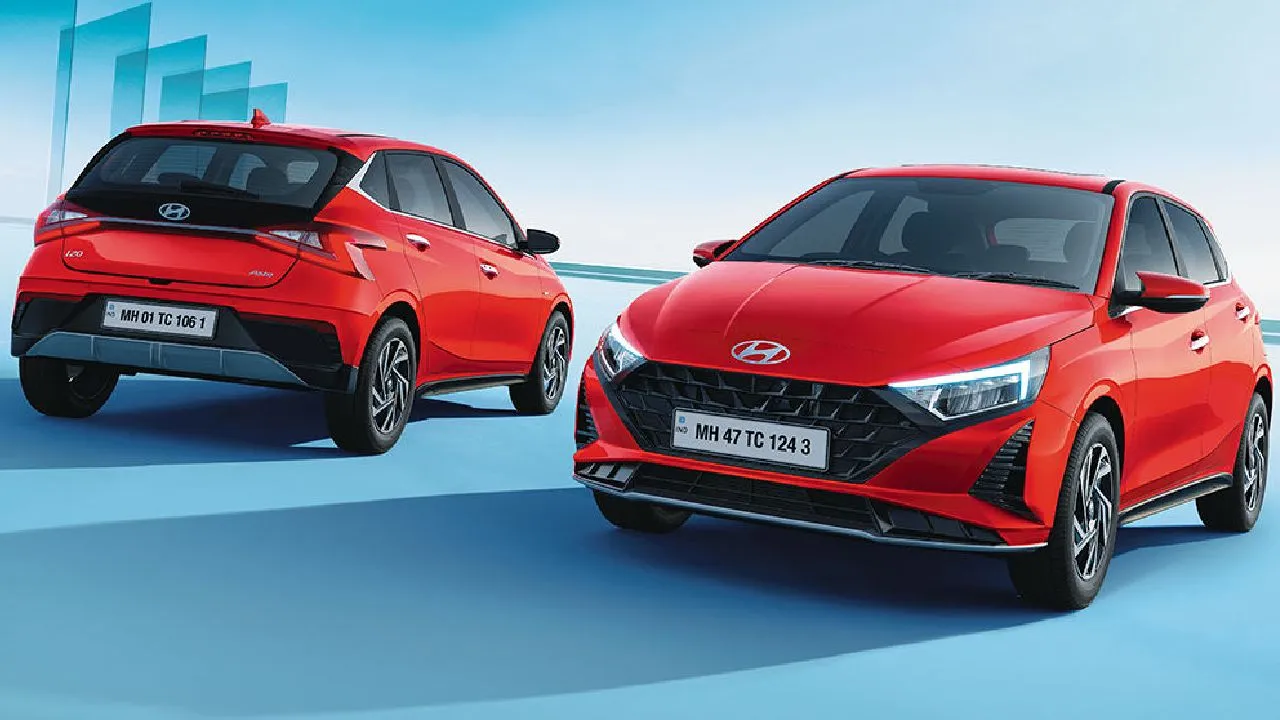
The Hyundai i20 has finally been introduced with a generational update in India. It is offered in five different variants —Era, Magna, Sportz, Asta, and Asta(O), with prices ranging from Rs 6.99 lakh to Rs 11.01 lakh. Both are ex-showroom figures. The hatchback's beginning price has lowered after the addition of the new base-spec Era model. The i20 facelift has received several cosmetic improvements as a result of the generational update, including new alloy wheels and a reworked rear bumper. However, the car misses a 1-litre turbo-petrol engine on the mechanical front. As the model is available for purchase in our market, let's compare it with its old version in diverse aspects, ranging from engine to design.
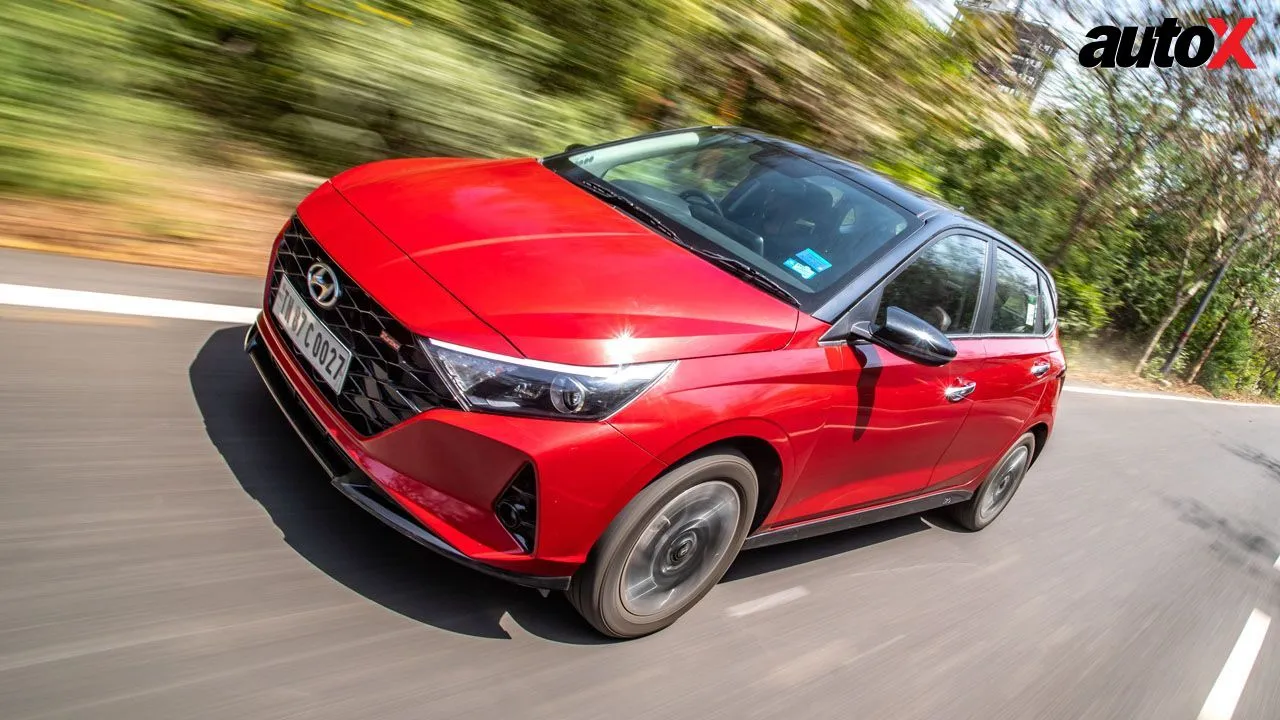
Also Read: Hyundai i20 Facelift Launched at Rs 6.99 Lakh in India
Hyundai i20 Facelift vs Old Model: Engine and Features
The heart of the Hyundai i20 facelift is a 1.2-litre gasoline engine with 82bhp and 115Nm. For transmission, a 5-speed manual and a CVT are offered as options. For 2023, the 1-litre turbo-petrol mill is no longer part of the vehicle's standard range. Therefore, the facelift is available with one engine.
Features-wise, a wireless phone charger, adjustable climate control, a 10.25-inch touchscreen infotainment system with linked car technology, Android Auto, and Apple CarPlay, keyless entry with push-button start, a digital driver's display, a sunroof, etc., are all that the Hyundai i20 still offers. However, it now comes with extra safety features such as parking sensors, electronic stability control, hill start assist, and six airbags.
Hyundai i20 Facelift vs Old Model: Exterior and Interior
When it comes to the exterior, the front has seen the most modifications because of the Verna-inspired grille. The previous generation featured a sleek grille with the Hyundai logo incorporated into it. However, the new Hyundai logo is now displayed on the bonnet rather than the grille. Aside from the 16-inch alloy wheels, there are no significant alterations from the side.
The new i20 will still be available in Starry Night, Fiery Red, Atlas White, Titan Grey, Typhoon Silver, Fiery Red with a black roof, and Atlas White with a black roof. Amazon Grey, on the other hand, is a new paint option.
Moving to the rear, the LED tail lamps with the Z-shaped symbol are still present on the model. There are, however, very minor adjustments, such as a new bumper with a skid plate.
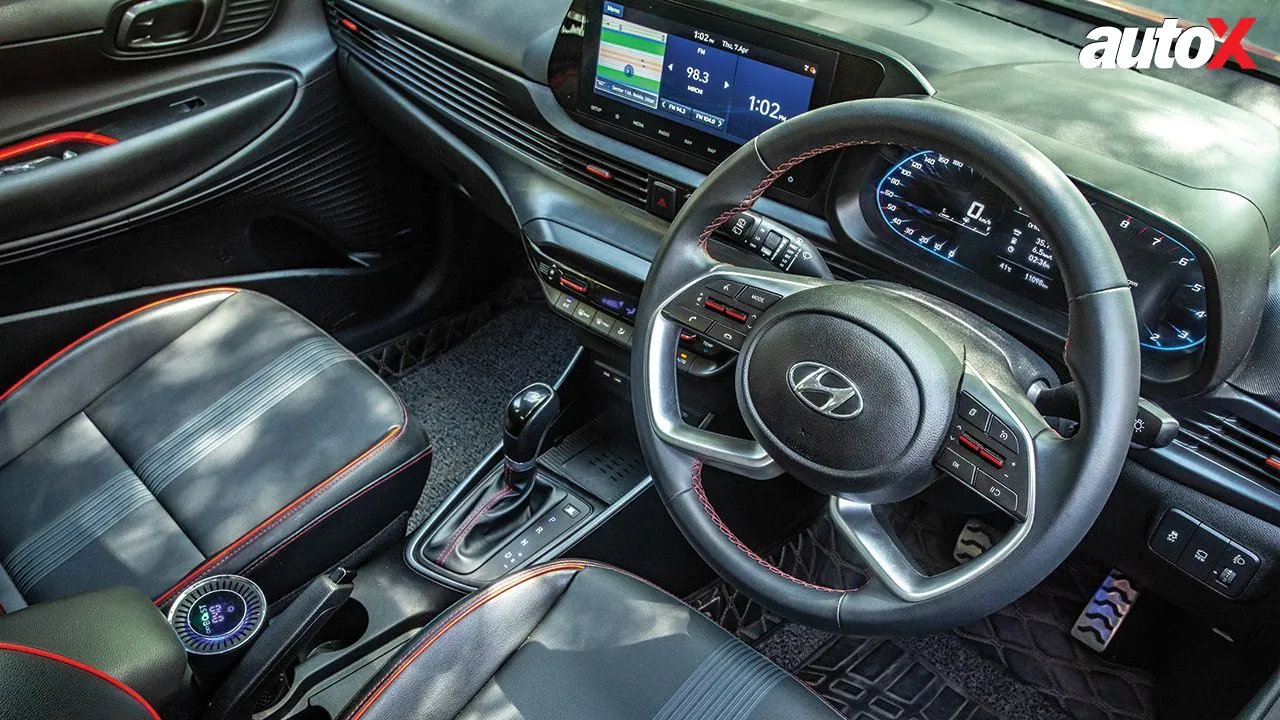
The cabin's interior is now painted in shades of gray and black. Except for this, nothing else significant has changed. Further, the USB Type-C fast charging connectors are the only new interior feature of the upgraded i20.
Also Read: Hyundai Venue iMT Variants Discontinued in India, Now Gets a 6-Speed Manual Gearbox Instead
Hyundai i20 Facelift vs Old Model: Price
The inclusion of a new base-spec variant with a price tag of Rs 6.99 lakh (ex-showroom) has made the model more reasonably priced than it was previously. Earlier, the model used to retail between Rs Rs 7.46 lakh and Rs Rs 10.81 lakh. Both are ex-showroom prices. To be precise, the starting price decreased by Rs 47,000. The rest of the range, however, has increased in price by up to Rs 27,000.
| Old Price | New Price | Gap | |
|
Petrol (Manual Transmission) | |||
| Era (New Base Model) | Not Available | Rs 6.99 lakh | |
| Magna | Rs 7.46 lakh | Rs 7.7 lakh | Rs 24,000 |
| Sportz | Rs 8.08 lakh | Rs 8.33 lakh | Rs 25,000 |
| Asta | Rs 9.09 lakh | Rs 9.29 lakh | Rs 20,000 |
| Asta (O) | Rs 9.77 lakh | Rs 9.98 lakh | Rs 21,000 |
| Petrol CVT | |||
| Sportz | Rs 9.11 lakh | Rs 9.38 lakh | Rs 27,000 |
| Asta (O) | Rs 10.81 lakh | Rs 11.01 lakh | Rs 20,000 |
All above-cited prices are ex-showroom.
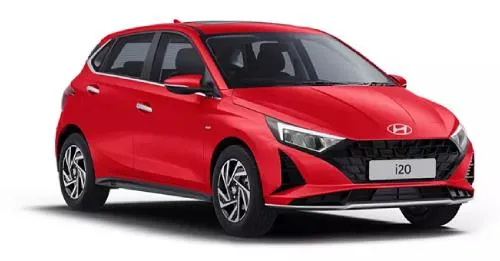
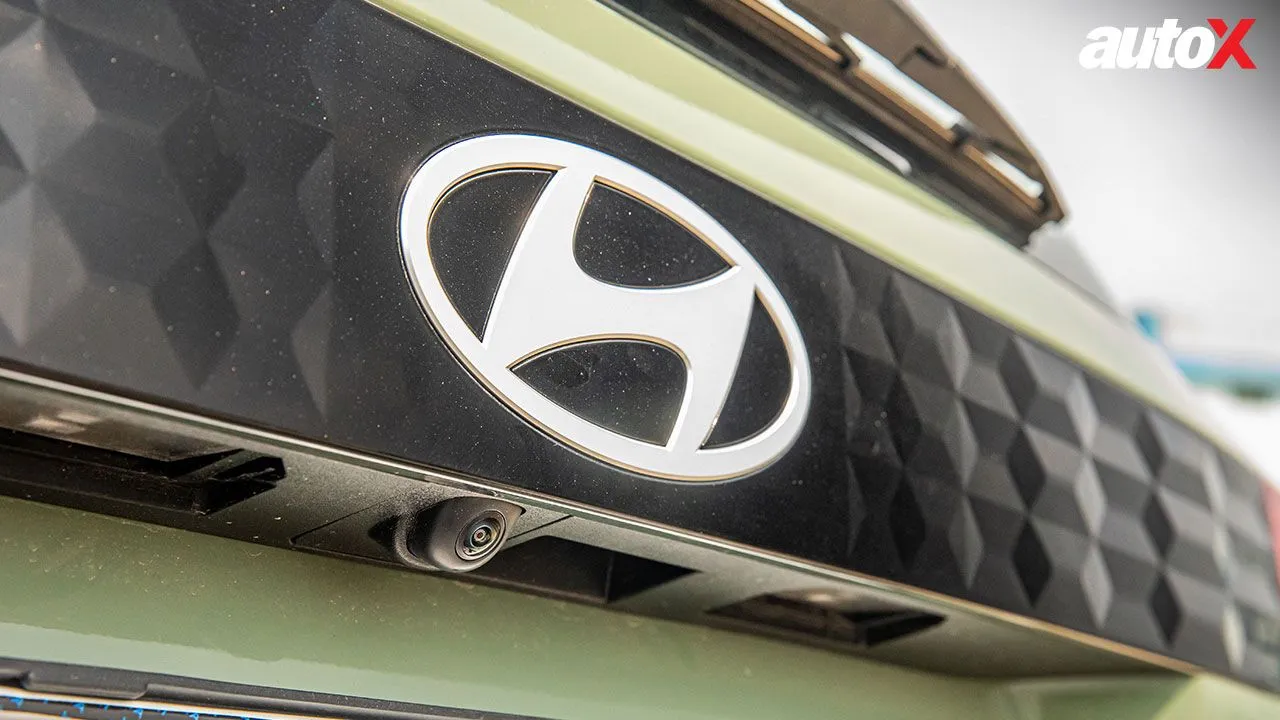
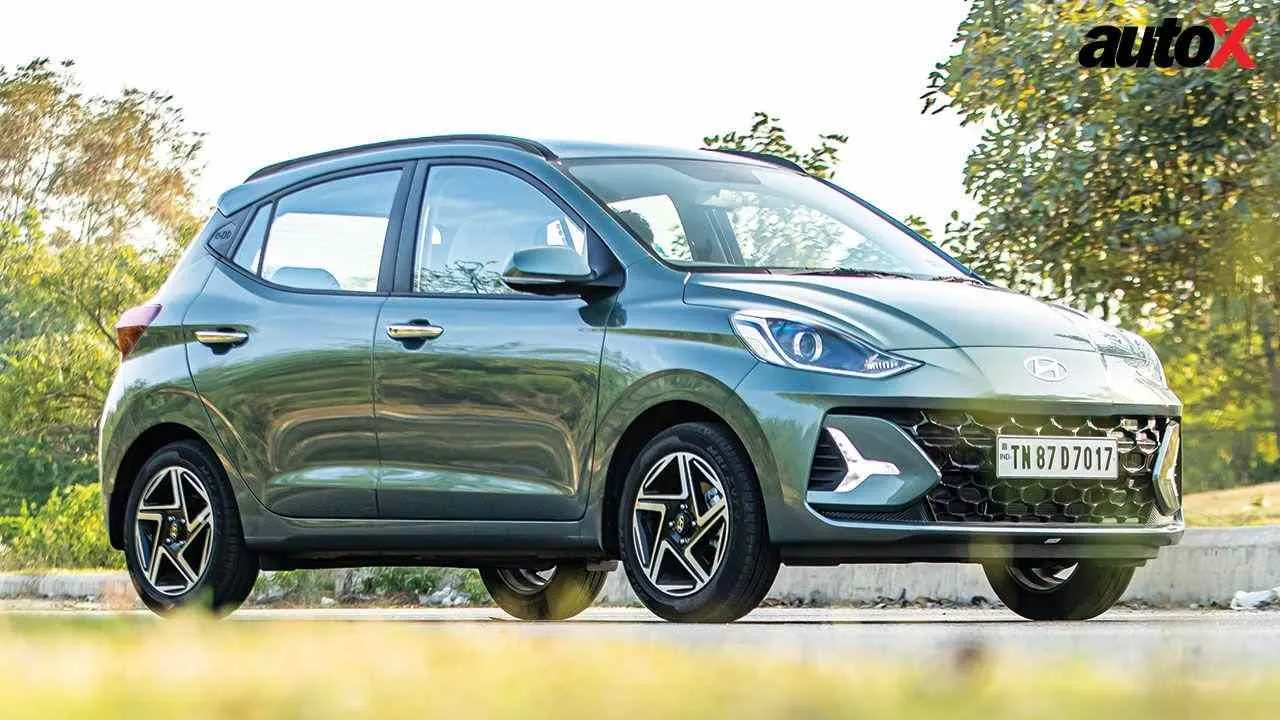

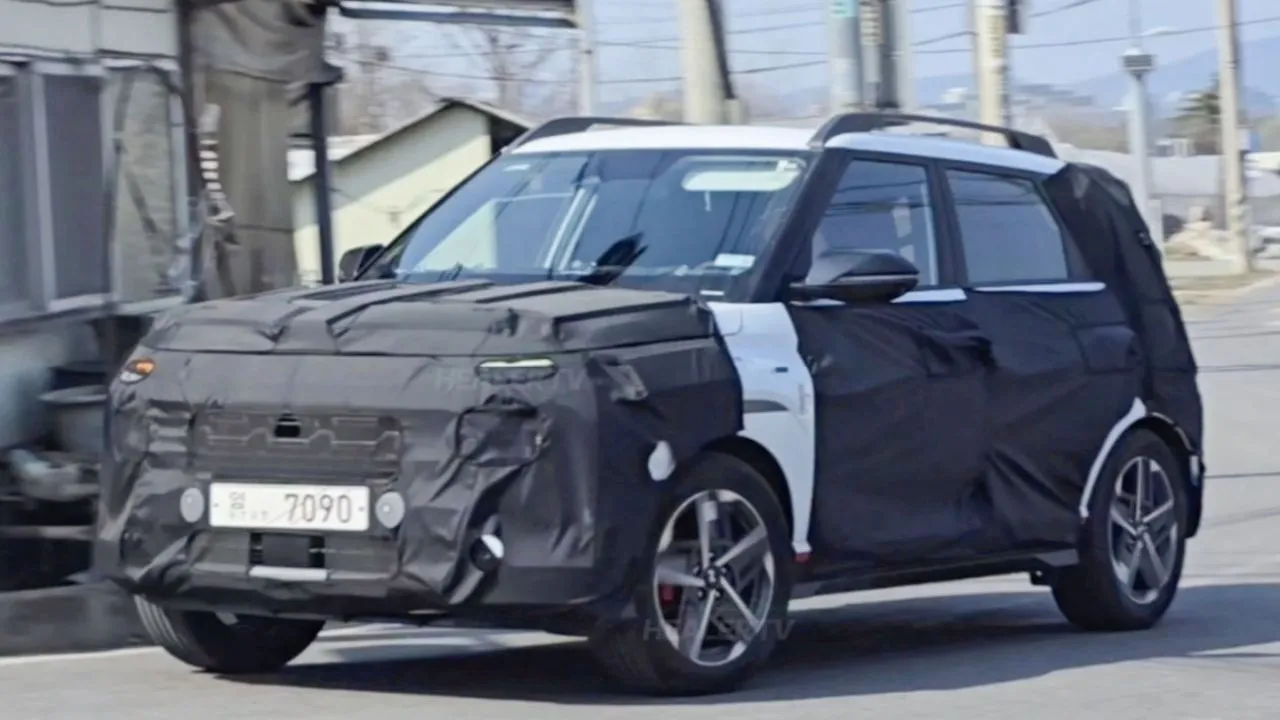

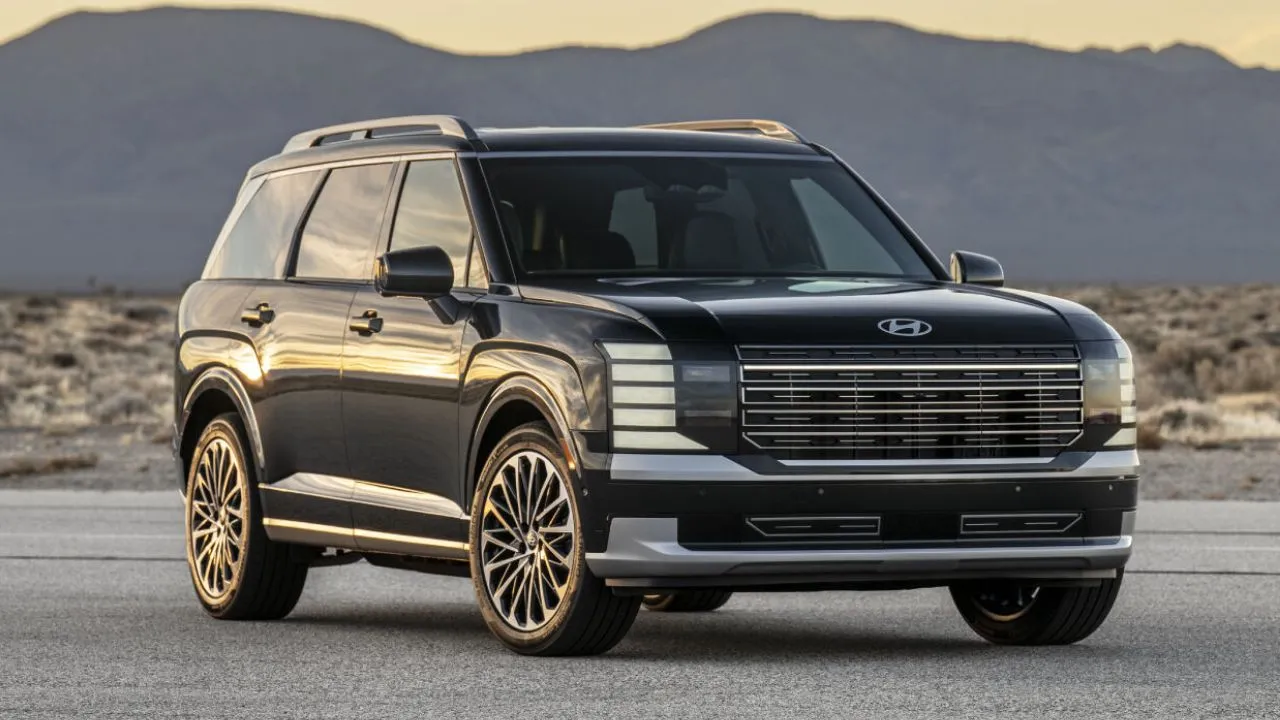
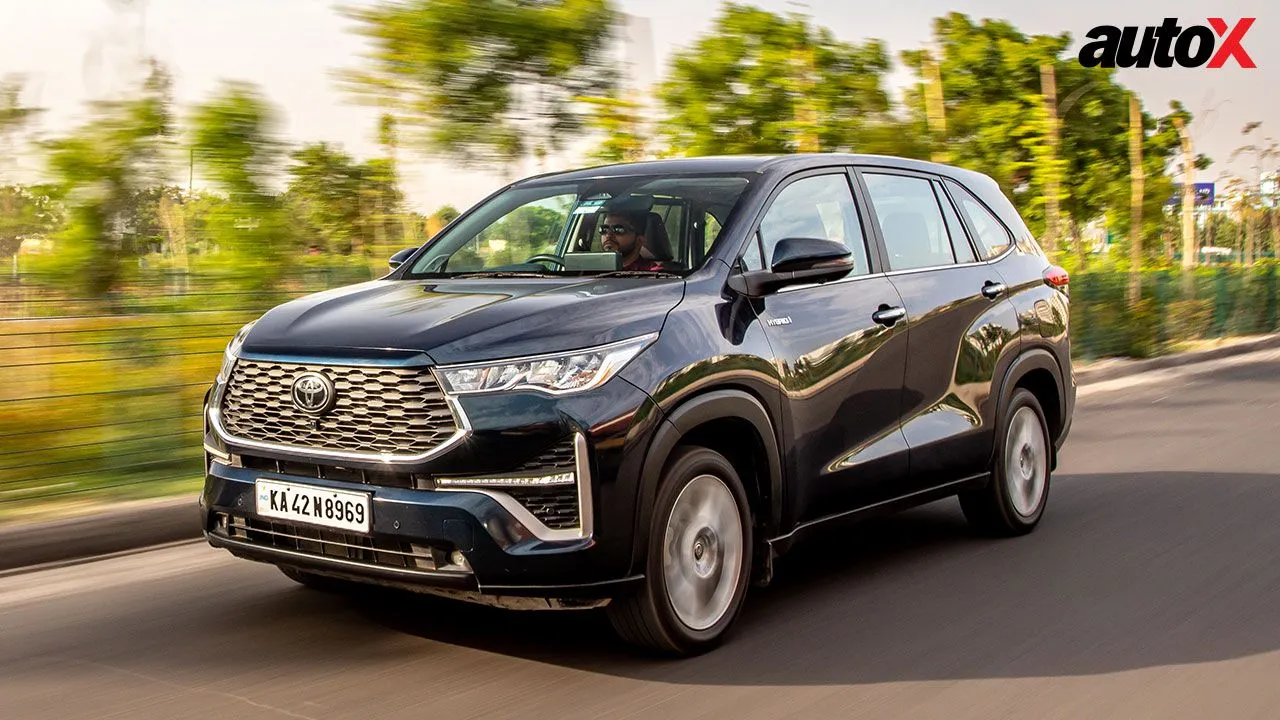
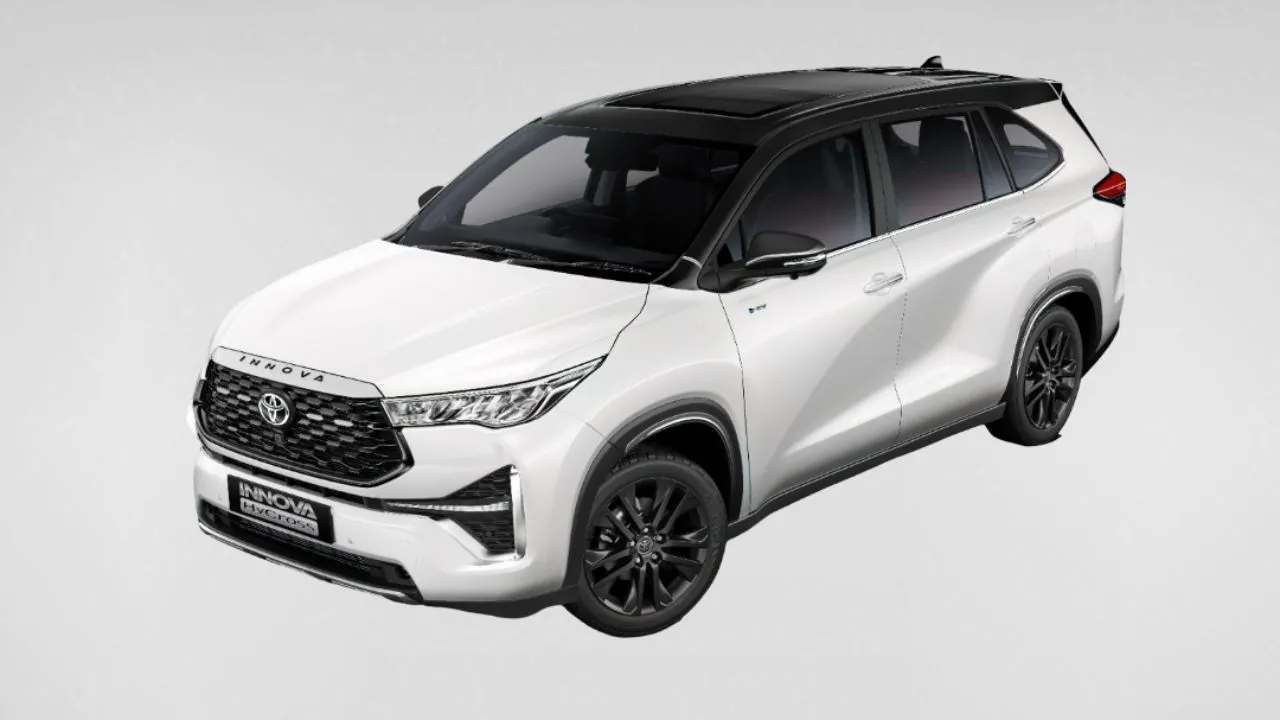

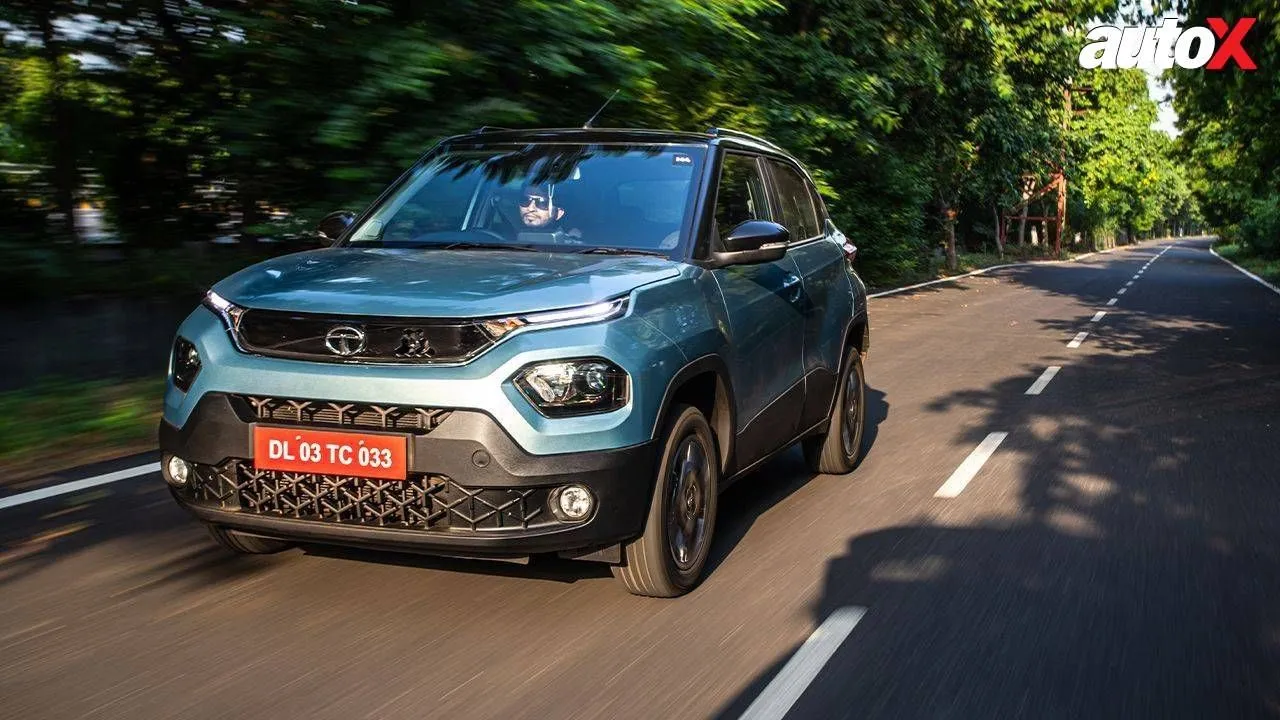
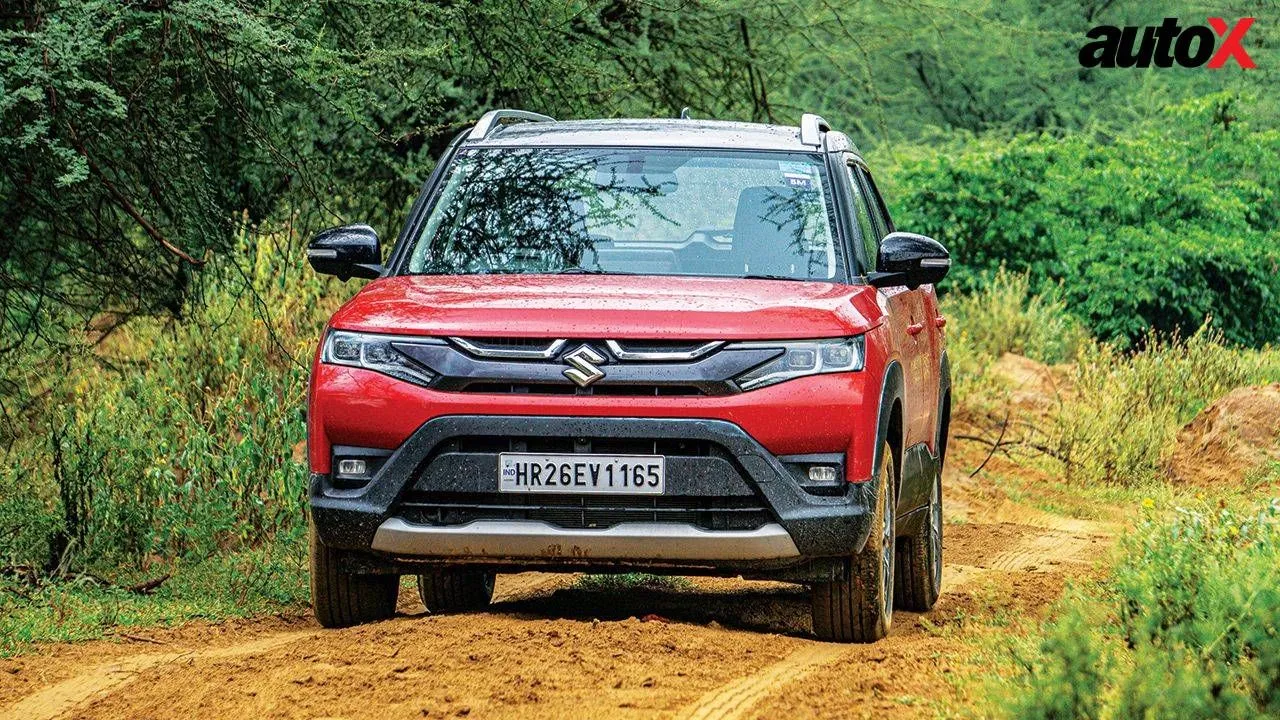

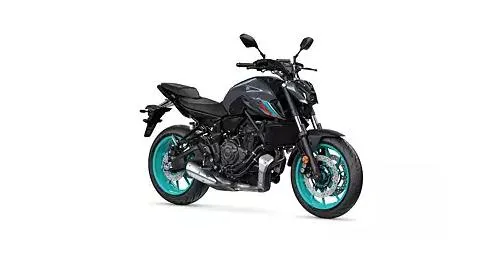

















Write your Comment on